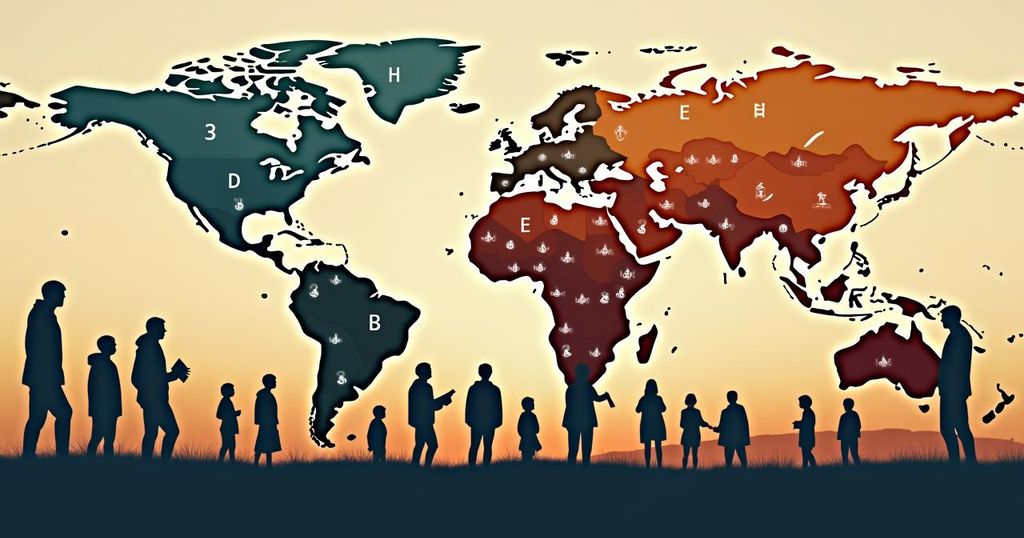Examining the Most Challenging Countries to Live In: A Comparative Analysis
This article discusses the several hardships faced by the ten countries regarded as the worst to live in, according to the United Nations Human Development Index. The primary challenges listed include political instability, poverty, inadequate healthcare and education, high unemployment, and ongoing conflicts, which contribute to a diminished quality of life. The countries examined include Mozambique, Sierra Leone, Burkina Faso, Yemen, Burundi, Mali, Chad, Niger, the Central African Republic, and South Sudan.
This article explores the formidable challenges faced by nations identified as the most difficult places to live in according to the United Nations Human Development Index. Countries such as Mozambique, Sierra Leone, Burkina Faso, Yemen, Burundi, Mali, Chad, Niger, the Central African Republic, and South Sudan exhibit severe issues that hinder the quality of life for their inhabitants. These struggles include political instability, inadequate healthcare systems, limited educational opportunities, economic hardships, and ongoing conflicts. Residents in these nations often contend with poverty, high unemployment rates, and a lack of access to basic necessities, resulting in arduous living conditions that are significant impediments to development and daily life.
The premise of this article centers around an evaluation of global living conditions, highlighting nations that rank lowest on the Human Development Index (HDI). This index, curated by the United Nations, assesses a country’s citizens’ overall well-being across various metrics, including health, education, and income. Understanding these aspects provides context for why certain nations are deemed the most challenging to live in, primarily due to systemic political, economic, and social issues that have hindered their societal progress. Countries on this list typically grapple with political turmoil, which aggravates economic conditions and limits government capacity to provide essential services to their populations.
In summary, the countries examined in this article—Mozambique, Sierra Leone, Burkina Faso, Yemen, Burundi, Mali, Chad, Niger, the Central African Republic, and South Sudan—merit attention due to their stark challenges that contribute to their status as the worst places to live. The issues of political instability, poverty, lack of healthcare and education, and conflict continue to undermine the quality of life and prospects for development in these regions. A comprehensive understanding of these adverse conditions is essential for devising effective interventions and supporting these nations in their pursuit of stability and growth.
Original Source: m.economictimes.com








Post Comment